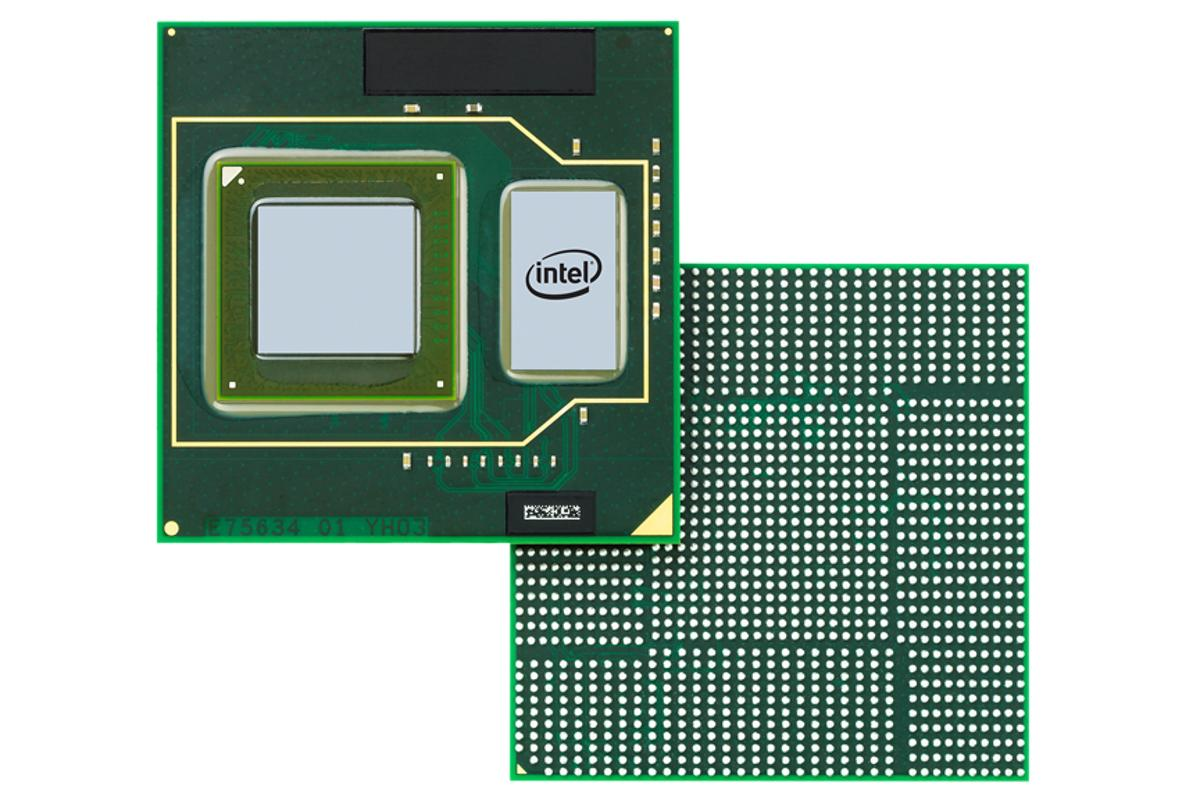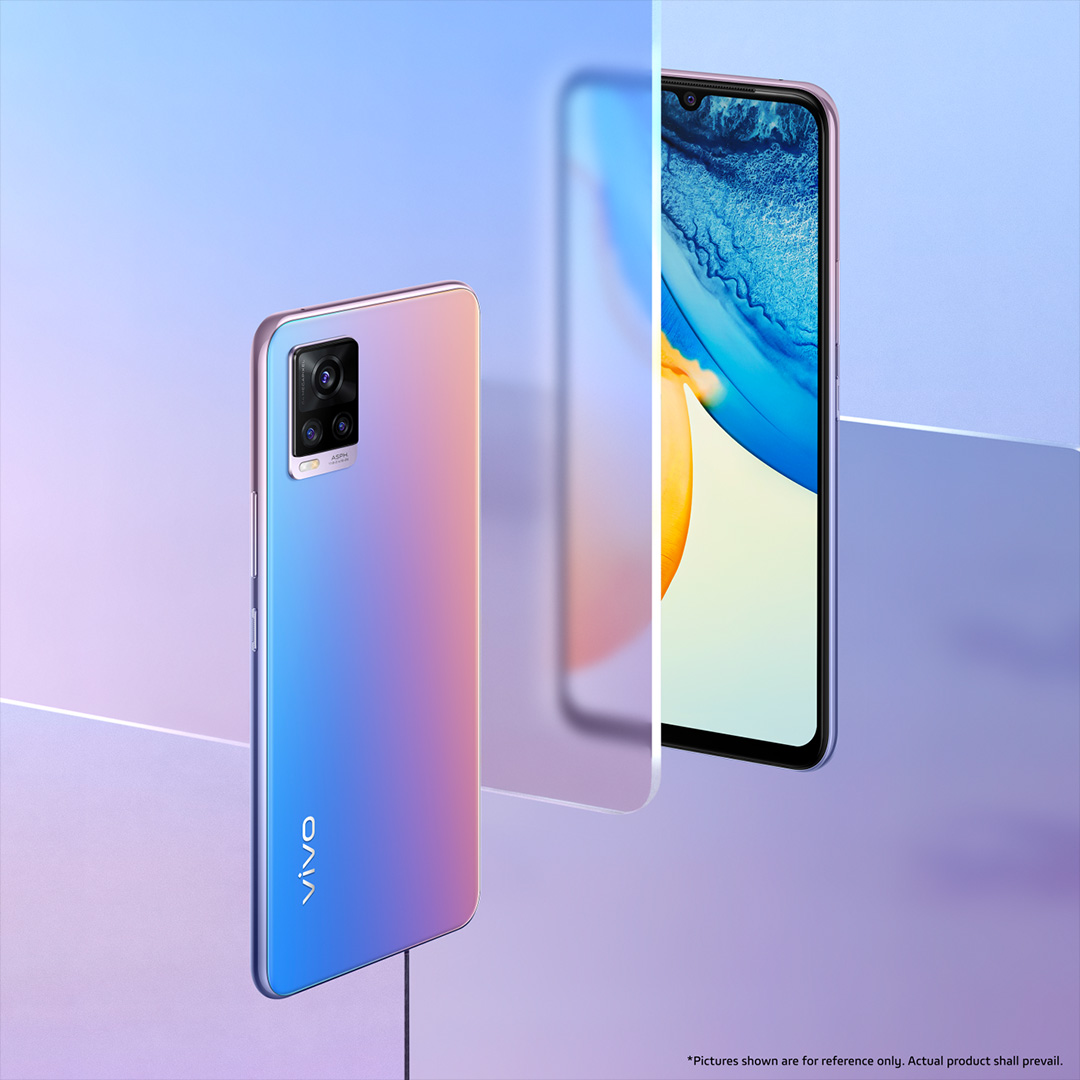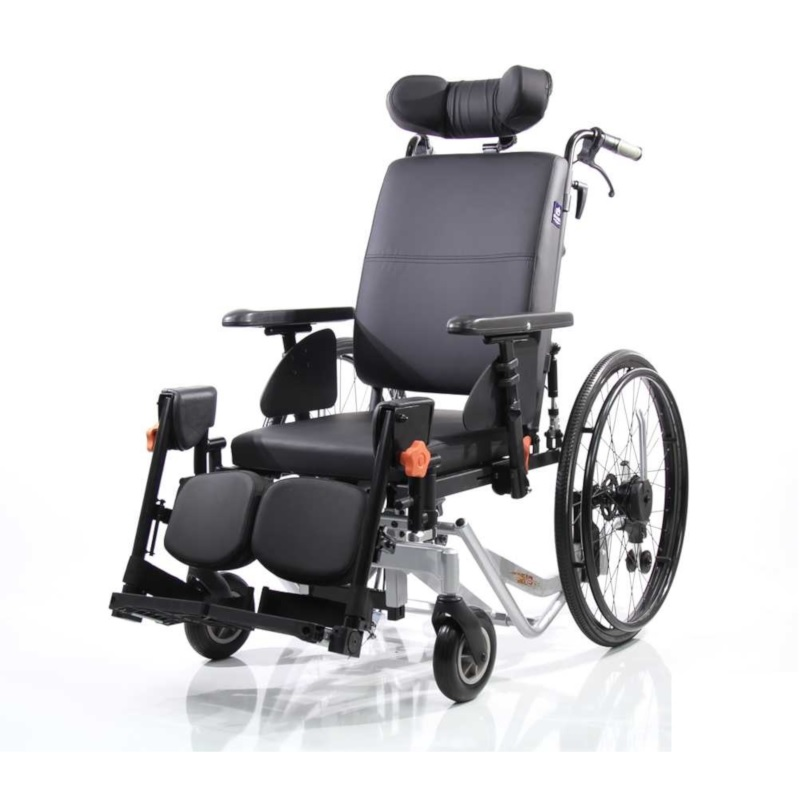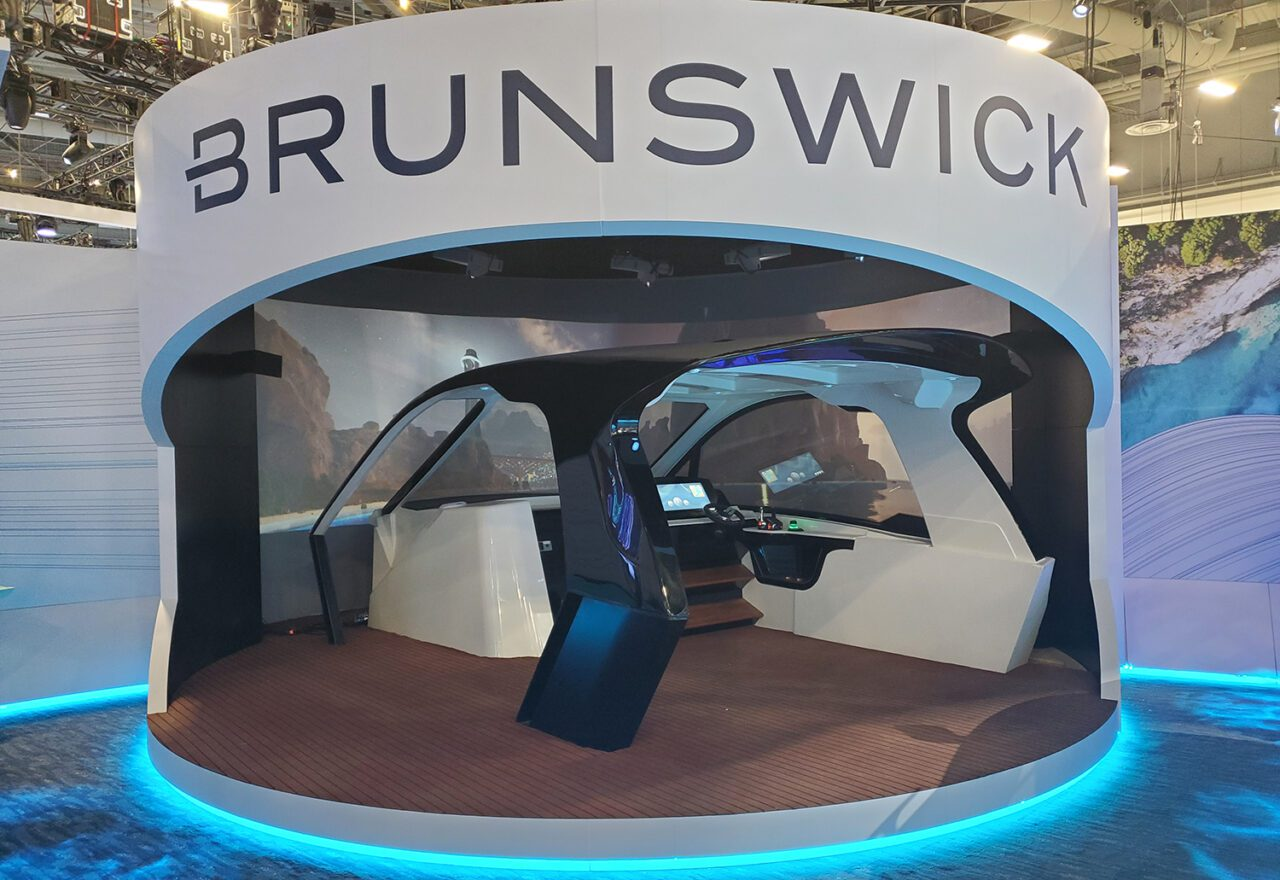Intel Atom processors are set to revolutionize the mobile landscape as they make their debut in Android-based smartphones developed through the Motorola Lenovo collaboration. At the recent Consumer Electronics Show, Intel was proud to announce that its innovative x86 mobile processors will soon power a new generation of Intel smartphones. CEO Paul Otellini emphasized that “the best of Intel computing is coming to smartphones,” hinting at a promising future for mobile devices enhanced by Intel technology. With the adaptation of Google’s Android operating system for these processors, Intel is positioning itself to bring its renowned computing power to the palm of your hand. This marks a pivotal moment not just for Intel but also for the entire smartphone industry as it expands beyond the traditional ARM-based architectures, suggesting a dynamic shift in mobile performance and user experience.
The upcoming Intel mobile processors are poised to create significant advancements in the realm of portable computing. By partnering with major players like Motorola and Lenovo, Intel aims to integrate its advanced chip technology into the Android smartphone ecosystem. This collaboration signals a noteworthy shift in the market, as the company leverages its expertise in x86 architecture to challenge the dominance of ARM in mobile devices. With this introduction, users can expect enhanced performance, efficiency, and overall computing capabilities in their smartphones. As Intel ventures deeper into mobile technology, the future of handheld devices looks more powerful than ever.
Intel Atom Processors Revolutionizing Smartphones
Intel Atom processors are making a significant impact in the smartphone market, marking a major shift in how users can leverage computing power on their devices. With the announcement of their integration into Android-based smartphones from Motorola and Lenovo, Intel is positioning itself as a key player in mobile computing. These processors are designed to deliver high performance while ensuring efficiency, making them ideal for modern smartphones that demand both speed and longevity. As the demand for powerful yet compact computing solutions grows, Intel’s Atom processors stand to reshape user expectations of what smartphones can achieve.
The collaboration between Intel, Motorola, and Lenovo exemplifies a strong commitment to enhancing the mobile experience. This partnership signals a deeper integration of Intel’s advanced x86 architecture into smartphone technology, which is traditionally dominated by ARM processors. As Intel works to adapt its processors for Android, it not only expands its range but also enhances overall performance capabilities. Users can expect improved multitasking, smoother performance in applications, and a richer media experience, which combined form a competitive edge over existing solutions in the smartphone market.
The Role of Intel in Android-based Smartphones
Intel’s entry into Android-based smartphones highlights a strategic move to leverage its experience in computing hardware within a rapidly growing segment. By adapting its x86 mobile processors for Android, Intel aims to bridge the gap between traditional computing and mobile platforms. This initiative reflects the company’s understanding of the evolving landscape of consumer technology, where seamless integration of software and hardware is crucial. The importance of this move cannot be underestimated, as it marks Intel’s intent to carve out a space in a market that has primarily been influenced by ARM architecture.
In an industry where competition is fierce, Intel’s partnership with prominent brands like Motorola and Lenovo can set the stage for innovative smartphone designs and features. Both companies are recognized for their commitment to quality and innovation, making them ideal partners for Intel’s vision of advanced mobile computing. As these Android-based smartphones hit the shelves, consumers will benefit from devices that promise enhanced performance and functionality. This development not only signifies a potential boost for Intel’s market share but also positions the company to continue evolving its smartphone strategy in future collaborations.
The Motorola Lenovo Collaboration: Shaping the Future of Mobile Technology
The collaboration between Motorola and Lenovo represents a pivotal moment in the smartphone industry, particularly with the integration of Intel Atom processors. This partnership aims to harness the strengths of both companies to deliver cutting-edge Android-based smartphones that will cater to the needs of modern users. By combining Lenovo’s robust manufacturing capabilities with Motorola’s innovative design philosophies, they are set to enhance the user experience through improved performance and superior features.
Together, Lenovo and Motorola intend to leverage Intel’s technological advancements to push boundaries in mobile computing. This collaboration is not merely about hardware; it emphasizes a shared vision of creating devices that are not only equipped with powerful processors but also designed to meet the demands of today’s digital lifestyle. As they embark on this journey, consumer anticipation is building around what these new models will offer in terms of speed, efficiency, and overall functionality.
Understanding x86 Mobile Processors in the Smartphone Arena
The introduction of x86 mobile processors into smartphones represents a significant shift in the industry, challenging the longstanding dominance of ARM architecture. Intel’s Atom processors, known for their performance in computing systems, are now being tailored to meet mobile demands, promising a unique blend of power and efficiency. This transition is essential as consumers increasingly seek devices that can handle complex applications and multitasking with ease.
As x86 mobile processors become more prevalent, we can expect to see a change in how apps are developed and optimized for smartphones. Intel’s advantage lies in its experience in high-performance computing systems, which could lead to better software integration and enhanced performance benchmarks for Android-based devices. This evolution is crucial for Intel, as it seeks to redefine its role in the mobile market and challenge existing paradigms.
Advantages of Intel Computing in Smartphones
The incorporation of Intel computing technologies into smartphones promises to bring numerous advantages to consumers and developers alike. One of the key benefits is improved processing power, which enables faster application launches, smoother user interfaces, and efficient multitasking. As more users rely on their smartphones for productivity, entertainment, and content creation, the demand for devices that can perform at higher levels becomes paramount. Intel Atom processors meet this need by providing the kind of robust performance traditionally reserved for laptops and desktops.
Additionally, Intel’s expertise in power management plays a vital role in the mobile landscape. By optimizing performance without sacrificing battery life, Intel Atom processors can help manufacturers create devices that offer long-lasting usage—a key factor for consumers. As smartphone usage continues to rise globally, the integration of Intel computing will likely expand the possibilities for mobile users, from enhanced gaming experiences to more efficient business workflows.
The Future of Intel in the Smartphone Market
Looking ahead, Intel’s strategic positioning within the smartphone market seems promising. As it ventures further into the realm of mobile technology, the company is set to influence how smartphones are developed in terms of hardware architecture. With its focus on incorporating Atom processors into Android-based devices, Intel is poised to challenge the current mobile processor landscape dominated by ARM technology. The ongoing collaboration with Motorola and Lenovo could serve as a catalyst for upcoming innovations in device design and functionality.
Moreover, as consumer preferences evolve toward high-performance smartphones, Intel’s ability to leverage its extensive R&D in computing will play a crucial role in shaping future trends. Investing in the development of x86 mobile processors not only broadens Intel’s reach but also allows for diversified product offerings that could meet a wide array of consumer demands. The continued evolution of this partnership will be critical as Intel seeks to redefine its legacy in the increasingly competitive smartphone ecosystem.
Challenges Faced by Intel in the Mobile Market
Despite its ambitious plans, Intel faces significant challenges as it attempts to establish itself in the smartphone market. One major hurdle is the entrenched presence of ARM processors, which have proven their dominance through years of successful implementation in mobile devices. Intel’s foray into this territory necessitates a robust marketing strategy to convince both manufacturers and consumers of the advantages offered by Atom processors over established options. This task will require Intel to demonstrate clear performance benefits and superior efficiencies.
Additionally, the optimization of Android for x86 architecture presents its own set of obstacles. Achieving seamless integration with applications developed for ARM requires a concerted effort from both Intel and software developers. As they begin to roll out new devices equipped with Atom processors, the company must also tackle the challenge of building a solid ecosystem that supports a wide range of apps and functionalities. This will be essential for Intel to gain traction in a market that commands consumer loyalty to existing products.
Consumer Expectations from Intel-powered Smartphones
As Intel smartly enters the Android-based smartphone market, consumer expectations will naturally evolve. Users will look for devices that not only promise powerful processing but also exhibit exceptional performance in real-world scenarios. With the backing of Intel Atom processors, stakeholders anticipate advocates of fast, powerful devices that can effectively handle multitasking, heavy gaming, and application performance without compromise. The integration of Intel’s technology is expected to enhance user experience dramatically.
Moreover, consumers are increasingly savvy and will demand tangible improvements over existing smartphone offerings. Features such as improved battery life, superior graphics processing, and faster connectivity options will likely become benchmarks for success. As these expectations shape the market, Intel will need to focus on delivering smartphones that not only meet but exceed these emerging requirements, ensuring that consumers remain eager to embrace and adopt their innovations.
The Impact of Intel’s Entry on Smartphone Innovation
The entry of Intel into the smartphone market has the potential to spark significant innovation, fueled by their extensive experience in computing technologies. As Intel Atom processors become more integrated into Android-based devices, we can expect fresh advancements in overall device capabilities. These innovations could include improved graphics, enhanced processing power, and innovative features that redefine user interactions with their smartphones, pushing the boundaries of what mobile technology can offer.
With Intel’s influence, device manufacturers will be encouraged to experiment and implement novel functionalities in their smartphones, inspired by the opportunities arising from Intel’s advanced processing capabilities. This influx of ideas and technologies could lead to a new generation of devices that are not just tools for communication, but also powerful companions for gaming, content creation, productivity, and much more, ultimately leading to a more dynamic consumer experience in the mobile technology landscape.
Frequently Asked Questions
What are Intel Atom processors and how do they benefit Android-based smartphones?
Intel Atom processors are low-power x86 mobile processors designed specifically for efficient computing in compact devices. Their incorporation into Android-based smartphones provides users with enhanced performance, better multitasking capabilities, and improved battery life, setting a new standard in Intel computing for smartphones.
How does the collaboration between Intel, Lenovo, and Motorola influence the smartphone market?
The collaboration between Intel, Lenovo, and Motorola represents a significant push to integrate Intel Atom processors into smartphones. This partnership is expected to foster innovation and create a robust ecosystem for Android-based smartphones, expanding Intel’s footprint in a market traditionally dominated by ARM processors.
What impact do Intel Atom processors have on the performance of Motorola smartphones?
Motorola smartphones featuring Intel Atom processors are poised to deliver superior performance, leveraging the power of x86 architecture to enhance application responsiveness and gaming experiences. This advancement in Intel computing enhances user satisfaction by providing a faster and more efficient smartphone experience.
Why are Intel Atom processors significant for the evolution of x86 mobile processors in smartphones?
Intel Atom processors mark a critical evolution in x86 mobile processors by bringing a competitive edge to Android-based smartphones. This innovation helps bridge the gap between traditional computing power and mobile devices, allowing manufacturers like Motorola to offer devices with improved processing capabilities that challenge existing ARM-based models.
What is Intel’s strategy for integrating Atom processors into the smartphone market?
Intel’s strategy for integrating Atom processors into the smartphone market focuses on partnerships with major manufacturers like Lenovo and Motorola. This approach aims to adapt Android for Intel’s x86 architecture, making these smartphones a viable option for consumers looking for robust computing features in their mobile devices.
How do Intel Atom processors compare to ARM processors in Android-based smartphones?
Intel Atom processors differ from ARM processors in terms of architecture, which allows for better performance in certain applications and multitasking scenarios. While ARM processors dominate the smartphone market due to their energy efficiency, Intel Atom processors can bring enhanced computational power, thus offering consumers more choices in Android-based smartphones.
What advancements in technology can we expect from Intel Atom processors in future smartphones?
Future smartphones with Intel Atom processors are expected to incorporate advanced features like improved energy efficiency, faster processing speeds, and enhanced support for applications requiring high computational power. With continuous development, Intel aims to solidify its presence in the smartphone market and innovate further in mobile computing.
When can we expect to see Intel Atom processors in new Android-based smartphones from Motorola?
Intel Atom processors are anticipated to appear in new Android-based smartphones from Motorola in the second half of the year. This introduction will mark a pivotal moment in Intel computing within the smartphone industry, enhancing user experiences with robust performance features.
| Key Point | Details |
|---|---|
| Announcement at CES | Intel announced that Atom processors will be used in Android smartphones. |
| Collaboration with Manufacturers | Partnership with Motorola and Lenovo to integrate Atom processors. |
| Intel’s Market Strategy | This move aims to establish Intel processors in the smartphone market. |
| Previous Market Presence | Intel’s presence in smartphones was limited prior to this announcement. |
| Adaptation of Android OS | Intel is adapting Android for its x86-based processors codenamed “Medfield.” |
| Competitive Landscape | Intel aims to compete with x86 chipmakers in the smartphone space. |
| Future Prospects | The collaboration is expected to bolster Intel’s market position in 2012 and beyond. |
Summary
Intel Atom processors are set to make a significant impact in the smartphone market, as highlighted by the recent announcement during CES. The collaboration with Motorola and Lenovo marks a strategic shift for Intel, aiming to establish a foothold in a market where it has previously been underrepresented. By adapting Android for its Atom processors, Intel is not just entering the smartphone arena but also positioning itself to compete effectively against the prevailing ARM-based processors. This move not only signifies Intel’s commitment to innovation but also its ambition to reshape its future in mobile computing.



